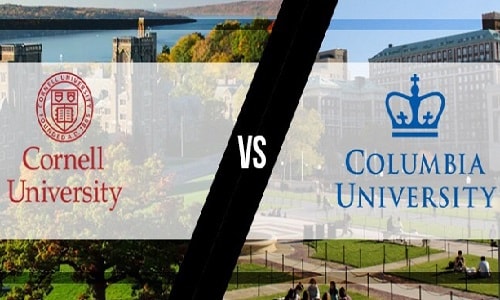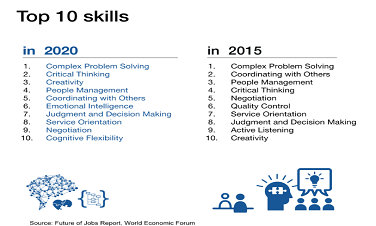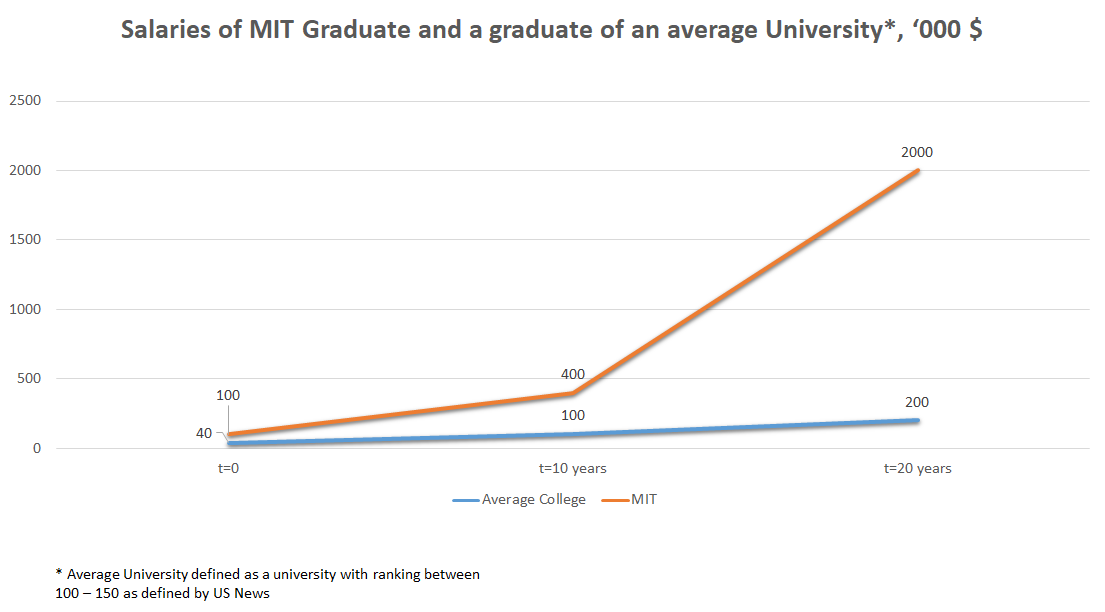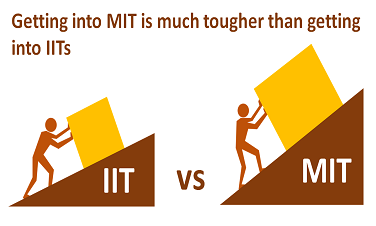Apples to Oranges: which country should you choose for your studies? Non Academic Factors
- Written by UnivAdmitHelp
- Category: Admission Application
- Published on 21 Aug 2019
Apples to Oranges
While debating the merits of a course in a different country, there are many aspects to explore. Everything does not follow the same parameters. There’s the choice of the course itself, eligibility criteria, reputation of the institution, and most importantly, the future of your life. Would you be able to stay on in that city / country if you would want to? Which countries welcome students making the transition from student life to professional life? Here is a comparison of the top few places to study.
USA
Admissions to colleges range from easy to difficult depending on the choice of college and stream. The cost of attendance over a year is between $30,000-60,000. This translates to roughly ₹20-45 lakhs. If you are an international student studying in the US, you have the opportunity to work part-time but remember that you are restricted by the terms of your visa. It is a MUST that you know all the requirements and restrictions concerning your visa!
VISA after degree: OPT/CPT permits allow working for 18-24 months after receiving the degree.
PR & CITIZENSHIP: It might take 3-14 years for Green Card holder / Permanent Resident depending on category, and 5 years after GC for citizenship
Getting an H1 Visa to work in the US might prove to be a challenge given that the election 2020 is round the corner. That said, economic figures point to zero recession. The economy is on the up and up and the ecosystem for startups and investments is very strong. There is a movement towards manufacturing jobs within the US as well. Cosmopolitan, will absorb, language is not an issue.
CANADA:
Admissions vary between easy to difficult depending on the choice of college, stream, and eligibility. The cost of attendance over a year ranges between CAN $25000 - 45000 or ₹13-25 Lakhs. A study permit is required to allow you to study as an international student in Canada. A work permit allows you to stay back to work or to look for work for as many years as the education degree. After that it could take 2 years for a PR, and 3 years subsequently for citizenship.
Canada comes across as a country in a pre-industrial phase. It is typified by limited production, extreme agricultural economy. There is limited division of labour. Production is relatively simple and the number of specialised crafts is limited. All this points to a society where limited skills are appreciated, utilised. This does not employ a vast variety of skills and it might be difficult to find meaningful progressive employment easily.
GERMANY:
Germany is one of the top study destinations in Europe for Indian students. This country is one of the most affordable destinations. Outside of Berlin and Munich, admission to colleges is relatively easy. The overall majority of study programs are generally free of tuition fees, with exception, e.g., for MBA programs. The cost of living is approximately 800€ a month, or 9-10,000€ a year. This corresponds to around ₹7-11Lakhs.
After the degree you can get a post study work visa of 18 months after completion of your study. In this duration, you need to find a suitable job for yourself and then get your visa converted to a work permit. If you do not find a job you will have to come back after 18 months. The EU Blue Card is intended for citizens of non-EU countries. It allows highly qualified persons to live and work in Germany. Anyone who holds a recognised degree and an employment contract with a sufficient annual salary can apply for a Blue Card. The EU Blue card is valid for 1-4 years. The usual timeline for a PR in germany is 3 years.
Germany has long stood second to London as the financial capital of Europe. With Brexit, Frankfurt is now in the race to become the finance capital. While education is technical and usually funded or subsidized, the work culture is traditionally hierarchical. The language too can pose a challenge for non-German speaking candidates.
AUSTRALIA
Admission to a college of your choice is relatively easier. The cost of attendance per year ranges between AUS $22000-38000. This roughly translates to ₹11-19 Lakhs. The skilled graduate temporary visa allows you to stay in Australia for between 2 to 4 years after you have finished your studies, and travel, work or study in Australia during your stay. After getting a PR, it takes about 2 years to citizenship.
While Australia’s economy has been slightly subdued in the last year or so, it is a fairly easy place to work in. In Australia trade makes up almost 40 percent of the economy. As Australia continues to integrate in the global economy, the industries will continue to restructure. Growth and rising incomes in Asia offer opportunities for high-skilled workforce, such as in services industries. With its thriving community and a stable political environment, foreign students are likely to get jobs.
UK
Admission to a college of your choice is easy to difficult depending on your choice of college, stream, eligibility. The cost of attendance ranges between £25000-£45000. This translates to roughly ₹14-29 lakhs per annum. After the course, you have to find a job within a month. Employer sponsored Tier 2 Visas allow you to work in the UK for 2 years. After 5 years of Tier 2 Visa, you can apply for PR. After 1 year of PR, citizenship.
UK offers some of the world’s best education that you can get for love or for money. The impending impact of Brexit leaves the economic climate in a flux. The economy is shrinking. While the education system is incomparable and the communities are very cosmopolitan, the job scenario might get tougher with time.
SINGAPORE
Admissions are extremely competitive as the college and course choice is limited. The cost of attendance varies between SING $40000-$60000 and roughly translates to ₹14-29 Lakhs per annum.
After studies, if you’d like to work in Singapore then you will need a work permit, but you’ll need to first have a job offer in order to get one. If you’re yet to secure a job before you graduate, you can apply for a Visit Pass which will enable you to remain in the country for up to 12 months to search for a job. Once you’ve been offered a job, your employer will put you forward for a work permit or SPass which can last for upto 5 years. You can apply for a PR after 6 months of an SPass. Subsequently, it’s a wait for 2 years after PR to citizenship.
Today, the Singapore economy is one of the most stable in the world, with no foreign debt, high government revenue and a consistently positive surplus. It could be a good place to work as the economy is on the uptake, the wages are high. Singapore acts as a portal to APAC region and most businesses have an interest there.
HONG KONG
Admissions are extremely competitive depending on your choice of course. The cost of attendance ranges from US$11500-34000 or ₹8-25 Lakhs. Post study options in Hong Kong require Immigration arrangements for non local graduates or IANG visa. This allows you one one year to search for a job. It can however be extended for 2, 2, and three years. After 7 years of residence you can apply for residence.
Hong Kong is currently going through mass protests. With the political equilibrium completely rattled, the environment is not very conducive to new jobs.
Once you have all this information at hand, it’ll help you make a more informed decision about your future. All the best!
Recent Posts
-
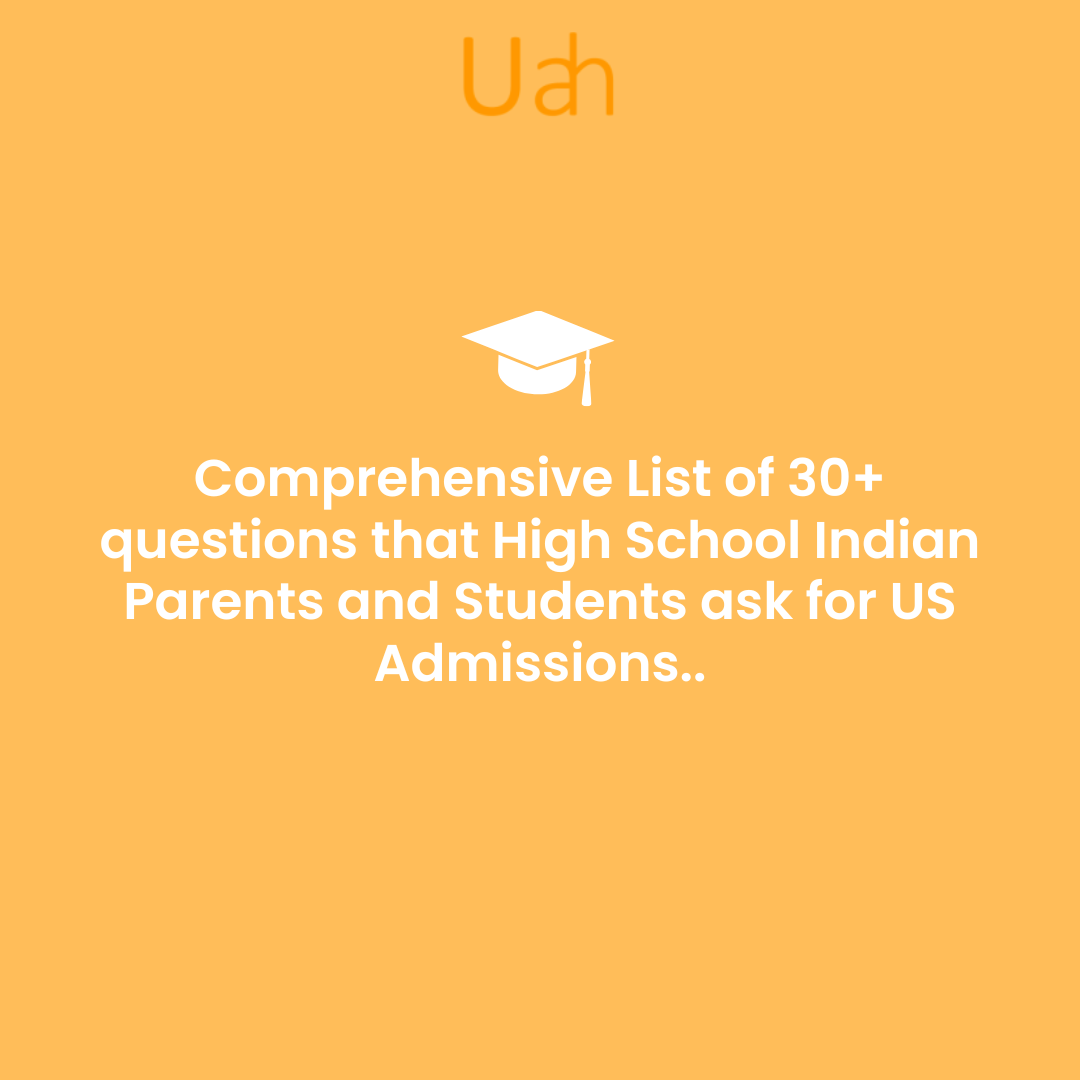
Comprehensive List of 30+ questions that High School Indian Parents and Students ask for US Admissions..
-
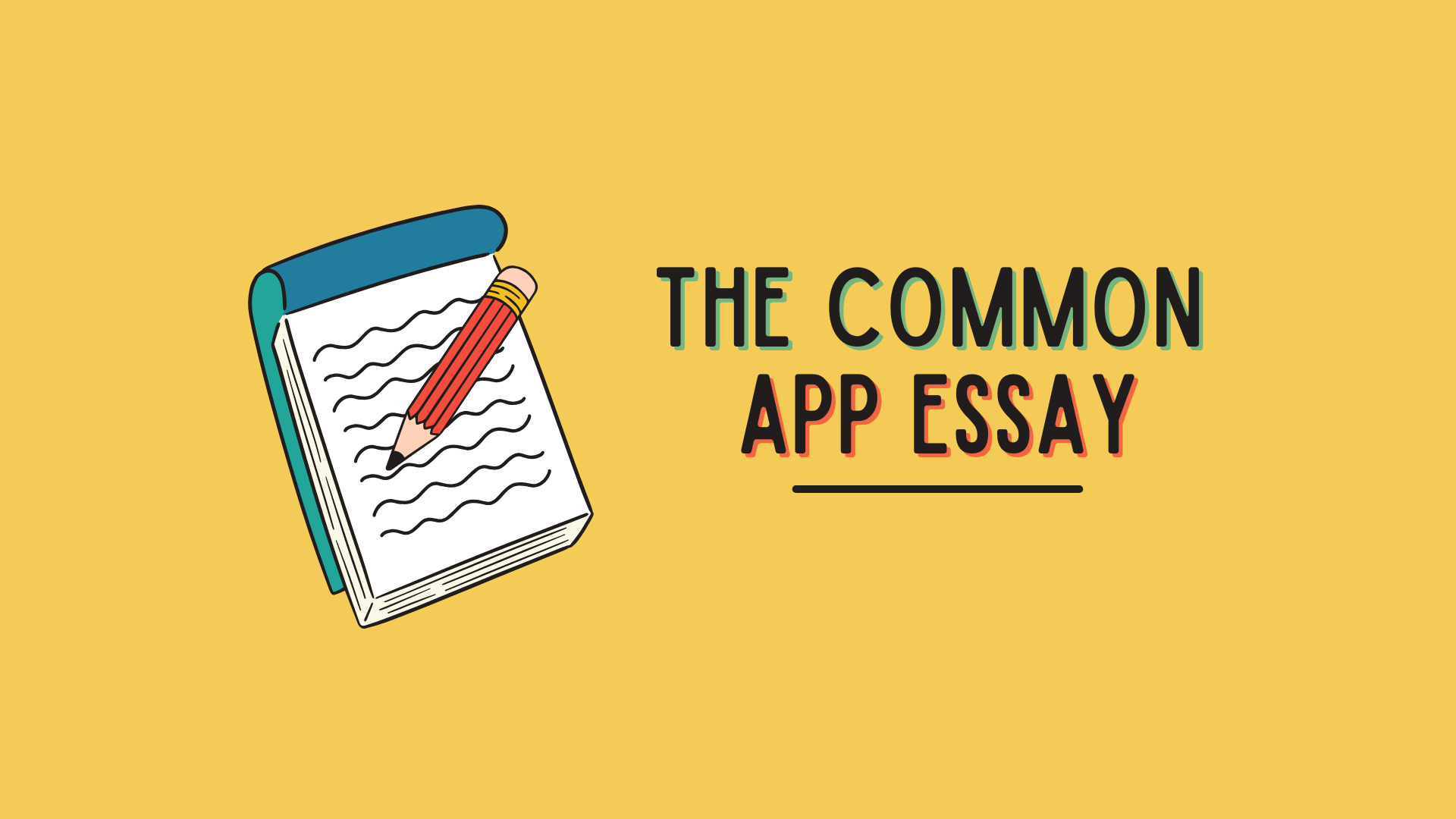
Common App Essay Tips 2025
-

Best extra-curricular activities for college admission for Indian students
-

How Many Universities Should You Apply To? Expert Tips for U.S. and U.K. Admissions for Indian Students
-

Step-by-Step Guide to Creating an Exceptional Capstone Project for Indian Students
